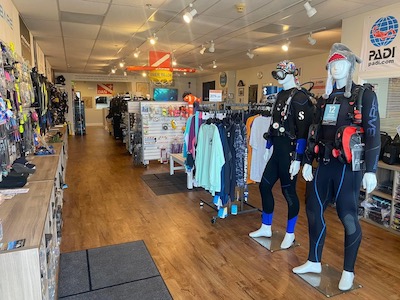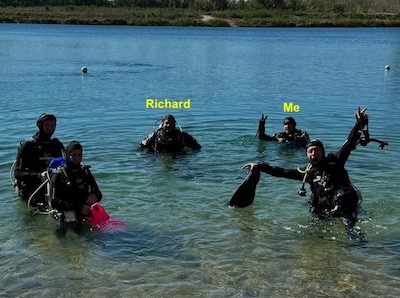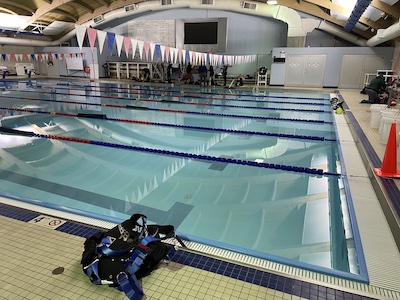How to Learn Scuba Diving: Step-by-Step Beginner Guide


Choose Shop and Instructor
Step 1: Pick people who care about safety and match your pace. This matters more than price or proximity.

Buy Basic Gear
Step 2: Start with a mask, snorkel, and fins. Rent the rest until you know your preferences and dive more often.

Signup for the Class
Step 3: How eLearning, pool sessions, and four open-water dives fit together so you know what to expect.
